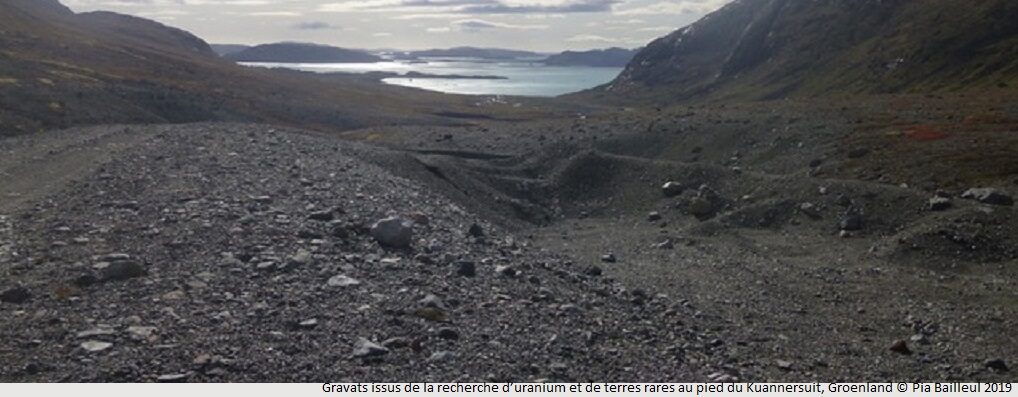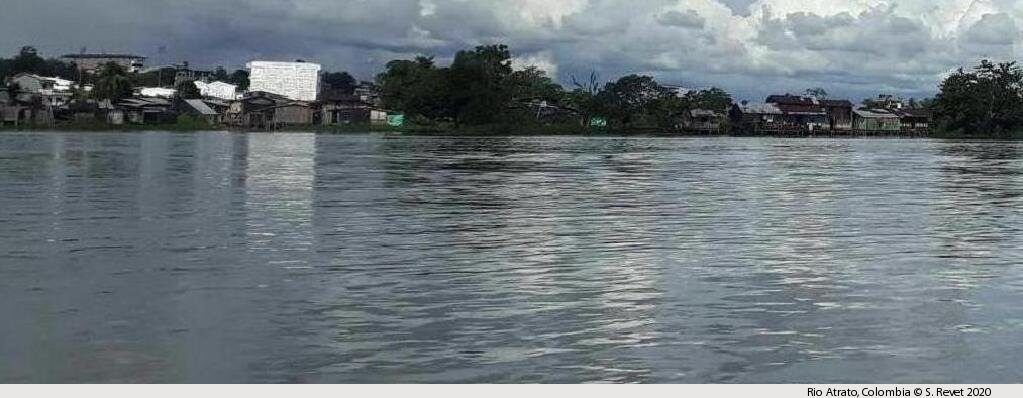Issues concerning welfare, rights or conservation are argued in court by referring to scientific arguments or experts’ assessments. Science and expertise can be used to show, for example, that individual animals of a particular species share the same cognitive or moral qualities as humans in order to convince a judge to grant them legal personhood.

Scientific works and expert reports are part and parcel of court files and are used by petitioners, lawyers and judges in combination with principles of law, legal reasoning, and constitutional principles – the legal battle is indeed a battle of contradictory expertise. Court decisions often rely largely on the lawyers’ ability to discredit experts of the opposing party.

Expert advice is required for identifying species of wild animals entitled to some form of legal protection. Anthony Good studies the case of the Scottish wildcat in the United Kingdom, a protected animal. However, several recent court cases have opposed development projects in their alleged habitats. The cases themselves are relatively straightforward from a purely legal perspective but their interest lies in the disputes (among and between scientists and activists) over the definition of a ‘wildcat’, given that, to some extent, they have interbred with feral domestic cats. The question then is: what is the force of legal protection when it is unclear which animals are entitled to that protection? (similar questions have been raised elsewhere, for example regarding the dingo in Australia.)

Daniela Berti follows the activity of the Wildlife Institute of India, a public scientific institution which is regularly asked to provide scientific reports based on their activities of monitoring and foreseeing the effects that the translocation of big cats may have on the animals’ stress, anxiety and eventually on their reproduction – reports which will be used in court in favour of or against a specific animal translocation project. Daniela will look at how the issue of species protection and of predicting species’ survival is handled at a scientific level by researchers of the institute – which questions do they address, which technical tools do they use, which kinds of data do they produce and how they are used as arguments in court.

In Colombia Sandrine Revet, Carolina Angel Botero, Pierre Brunet analyse the way animals – fish, turtles, frogs, etc. – are used as sentinels and as ‘proof’ for measuring the state of the Atrato River, both in the judicial documents leading to sentence T-622 and in the local application of this decision by scientists, ‘Guardians of the Atrato’, and inhabitants. The study will engage with organizations that make up the ‘Experts Panel’ that the Court set up to support the Office of the Attorney General in supervising the implementation of orders, and will analyse their work to constitute legally admissible evidence that makes it possible to translate the situation of the Atrato as a system of interrelationships into legal terms. Vanessa Manceron, Giovanni Gugg and Isacco Turina analyse the role of experts in the legal actions brought before the courts by Legambiente as well as by the lawyers group in Naples.



















